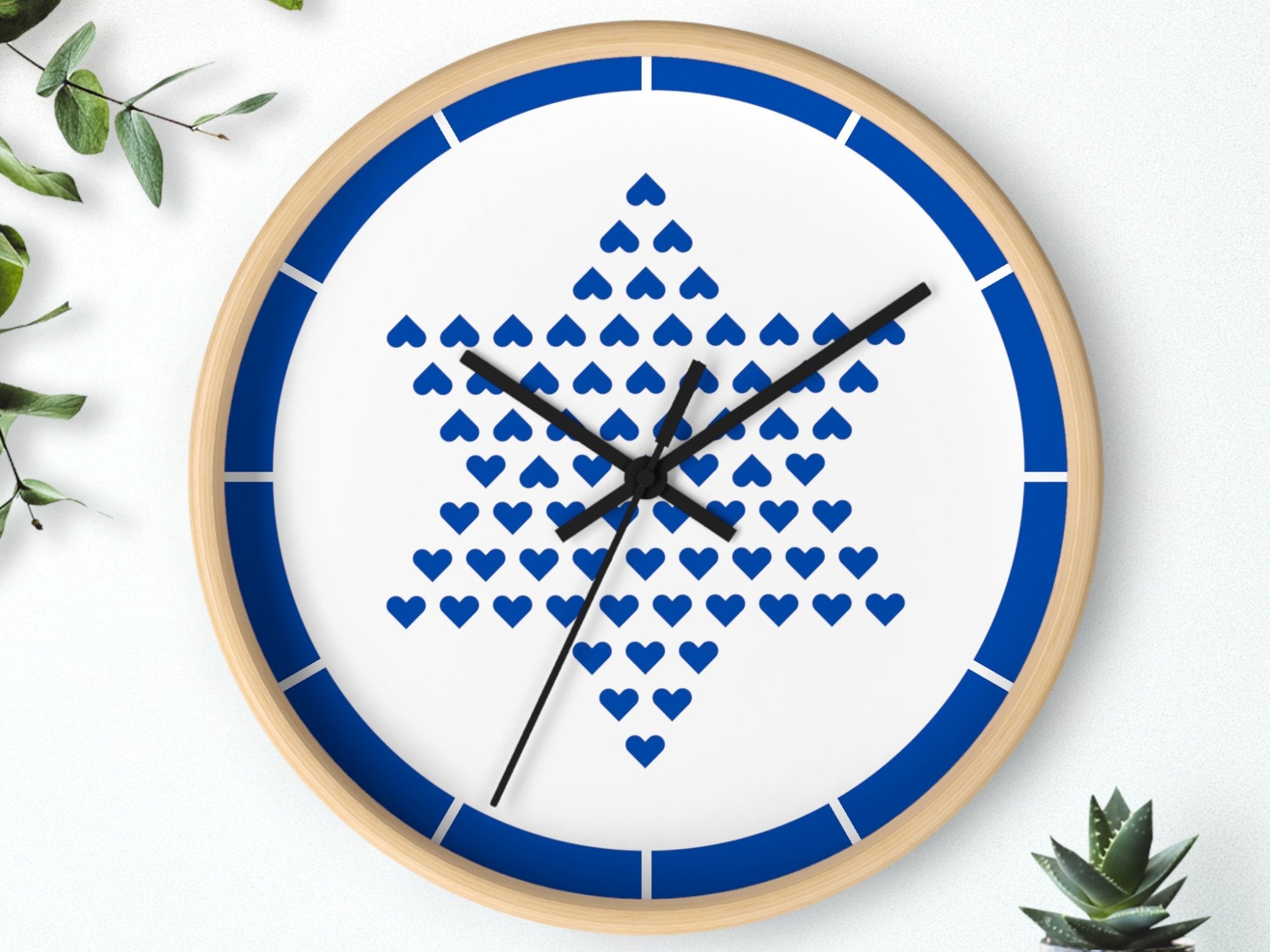
The Jewish Star of David - Amazing Facts You Didn't Know
Exploring the Rich History and Fascinating Origins of a Timeless Emblem
The Star of David, a six-pointed star, is one of the most recognizable symbols in the world. Revered by many, it graces synagogues, jewelry, and flags, becoming a hallmark of Jewish identity. But what lies beneath its distinctive design, and how did it come to embody such significance? In this blog post, we'll embark on a journey to unveil the mystique and origins of the Star of David, revealing fascinating facts that have shaped its history.
1. A Symbol Steeped in History
The Star of David's origins are shrouded in the annals of time, but its historical significance is indisputable. It is often associated with King David, the second king of Israel, who ruled during the 10th century BCE. Some legends suggest that the star adorned his shield, symbolizing divine protection.
2. The Six-Pointed Star
The reason behind the six-pointed star's design is both intriguing and symbolic. The hexagram, formed by the intersection of two equilateral triangles, represents the harmonious combination of opposing elements. This duality signifies the interconnectedness of heaven and earth, as well as the unity of male and female energies.
3. A Multifaceted Name
The star's name varies across cultures and languages. In Hebrew, it is called the "Magen David," which translates to "Shield of David." The term "Star of David" emerged later, gaining prominence in Western languages.
4. An Emblem of Jewish Identity
The Star of David's use as a Jewish symbol traces back to the late Middle Ages. In 17th-century Prague, it appeared on a synagogue's flag, solidifying its association with Judaism. Over time, it became synonymous with Jewish identity and heritage.
5. Holocaust Symbolism
During World War II and the Holocaust, the Nazis forced Jews to wear a yellow Star of David as a badge of shame and persecution. Today, it serves as a reminder of the resilience and strength of the Jewish people.
6. Cultural and Interfaith Significance
Beyond Judaism, the Star of David has transcended cultural boundaries and gained interfaith recognition. It has been embraced by various religious and cultural groups as a symbol of unity and shared values.
7. Global Recognition
The State of Israel adopted the Star of David as a central element of its flag when it was established in 1948. This act elevated the symbol's global recognition and cemented its place in the modern Jewish identity.
8. Modern Interpretations
In contemporary times, the Star of David continues to inspire artists, designers, and thinkers. Its geometric allure and profound history make it a source of inspiration for both Jewish and non-Jewish individuals alike.
9. A Symbol of Unity
Today, the Star of David serves as a symbol of unity, resilience, and faith. It represents the enduring connection between the Jewish people, their heritage, and their enduring hope for a brighter future.
10. A Timeless Emblem
The Star of David's mystique and origins have woven a rich tapestry of history, culture, and faith. It remains a timeless emblem, an enduring testament to the strength of a people and the power of a symbol.
In every facet of its existence, the Star of David continues to shine brightly, reminding us of the profound human capacity to find meaning and hope even in the face of adversity. It stands as a symbol not only of a rich heritage but also of shared values and unity in a diverse world.



